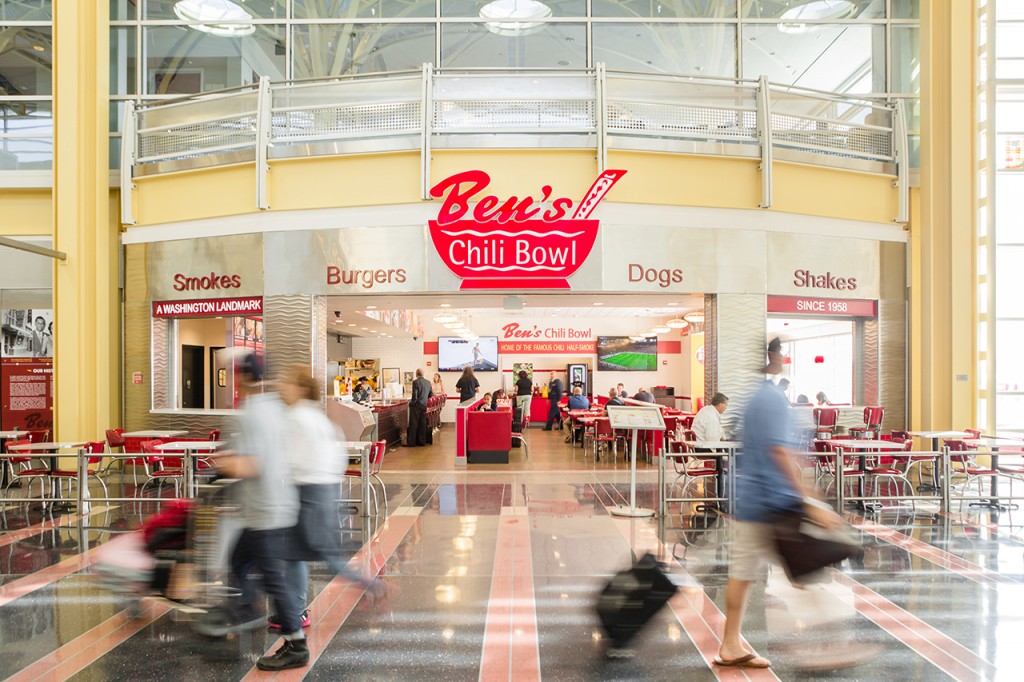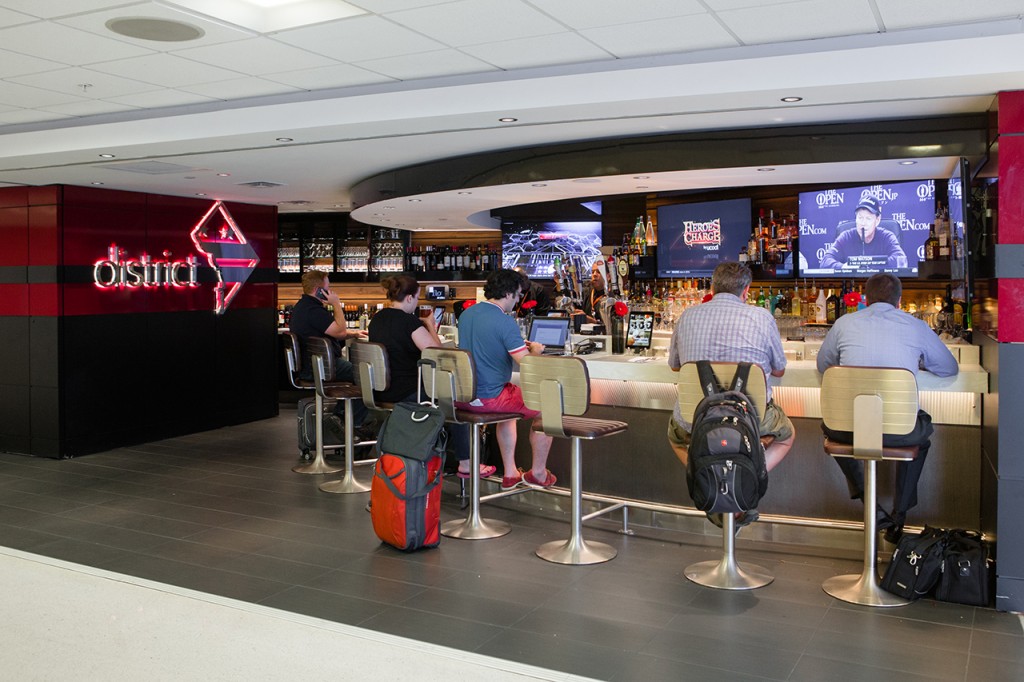Ronald Reagan Washington National Airport
Leasing Overview
Ringing Up Revenues!
The millions of travelers and employees using Reagan National Airport each year translate into high volume consumer traffic for the Airport’s shopping and dining venues. Here are some vital statistics about the Airport and its strong base of likely buyers:
Reagan National Airport
Reagan National Airport reached a record 23.9 million passengers in 2019, representing an increase of just under 2% increase over past years activity.
- 56% of passengers arrive at the Airport more than an hour prior to departure time, making them likely patrons of shops and restaurants. Specifically, 44% of passengers arrive early so they could eat or shop.
- The majority of passengers (78%) arrive via ground transportation, with 37% of those arriving via ground transportation arriving by private car and 41% arriving by a hired car or shuttle.
- The median household income was $93,471 in 2019.
- The more than 8,000 on-site airport employees, including full- and part-time staff, are frequent shoppers at the Airport’s shops and restaurants. Airlines are the single largest employers at the airports, accounting 21.2 percent of employment at Reagan National Airport.
- The major airlines are American, Delta, United, JetBlue and Southwest.
- There are 45 gates, more than 410 daily departures and approximately 288,000 airline take-offs and landings each year.
- In 2019, sales per enplaned passenger (SPE) was $11.92.
- View 2019 sales (PDF)
The Region
The Washington, D.C. regional economy has grown steadily over the past two decades and remains strong. This economic strength translates into a healthy base of passengers traveling through Reagan National Airport.
- As home to the federal government and the fifth largest regional economy in the nation, the area currently boasts the second-highest Gross Regional Product per capita in the US.
- Dow Jones & Co.’s MarketWatch named Washington the Best City for Business, citing the region’s strong economy and low unemployment rate.
- Sixteen Washington-area companies were on the Fortune 500 list of the country’s largest companies by revenue in 2019.
- Population growth in the metropolitan Washington area has consistently outpaced population growth in the United States. Within the region, the largest concentrations of population are in the Fairfax County, Virginia; Montgomery County, Maryland; Prince George’s County, Maryland; and the District of Columbia.
- The region’s median household income is 69 percent higher than the U.S. median household income, as reported in the Census Bureau’s 2010 American Community Survey, and unemployment remains well below the national average.
- Nine of the 20 counties in the United States with the highest household incomes are in the D.C. region.




